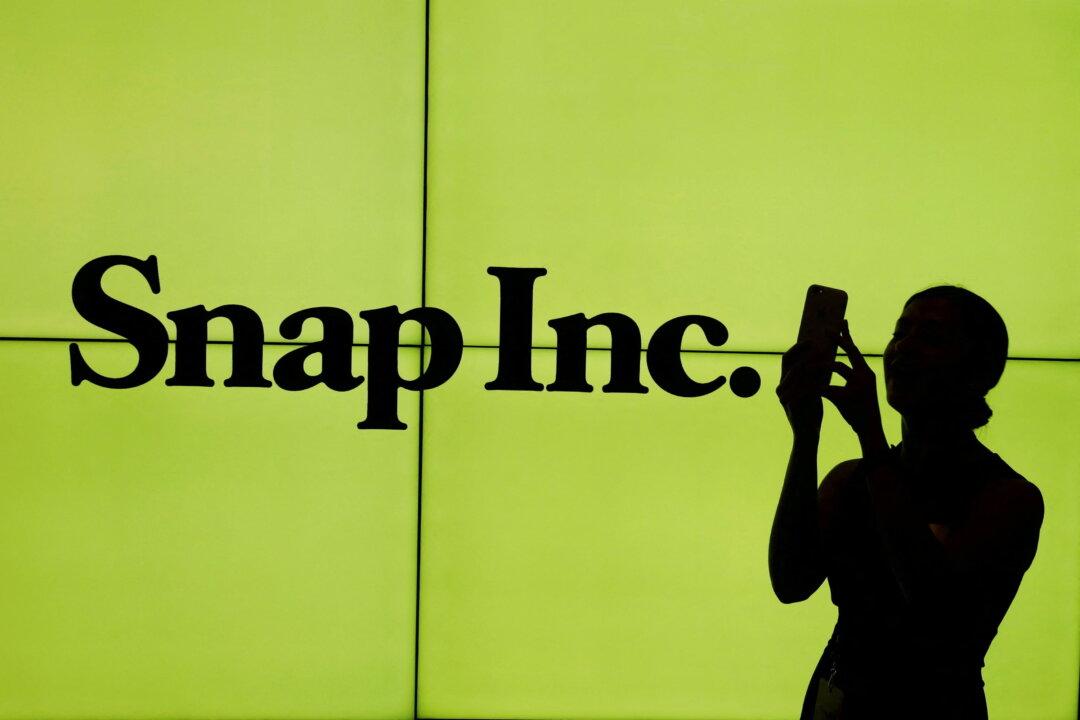Snapchat owner Snap saw its shares fall by double digits after reporting lower revenues in the second quarter and predicting lower-than-expected revenues for the third quarter, sapping investor confidence.
Snap’s second-quarter revenue dropped 4 percent, to $1.07 billion, from the first quarter, according to the company’s July 25 earnings release. This is the second time in a row the firm has reported a decline in quarterly revenue. The first-quarter fall in revenue was the first such drop since Snap went public back in 2017.





